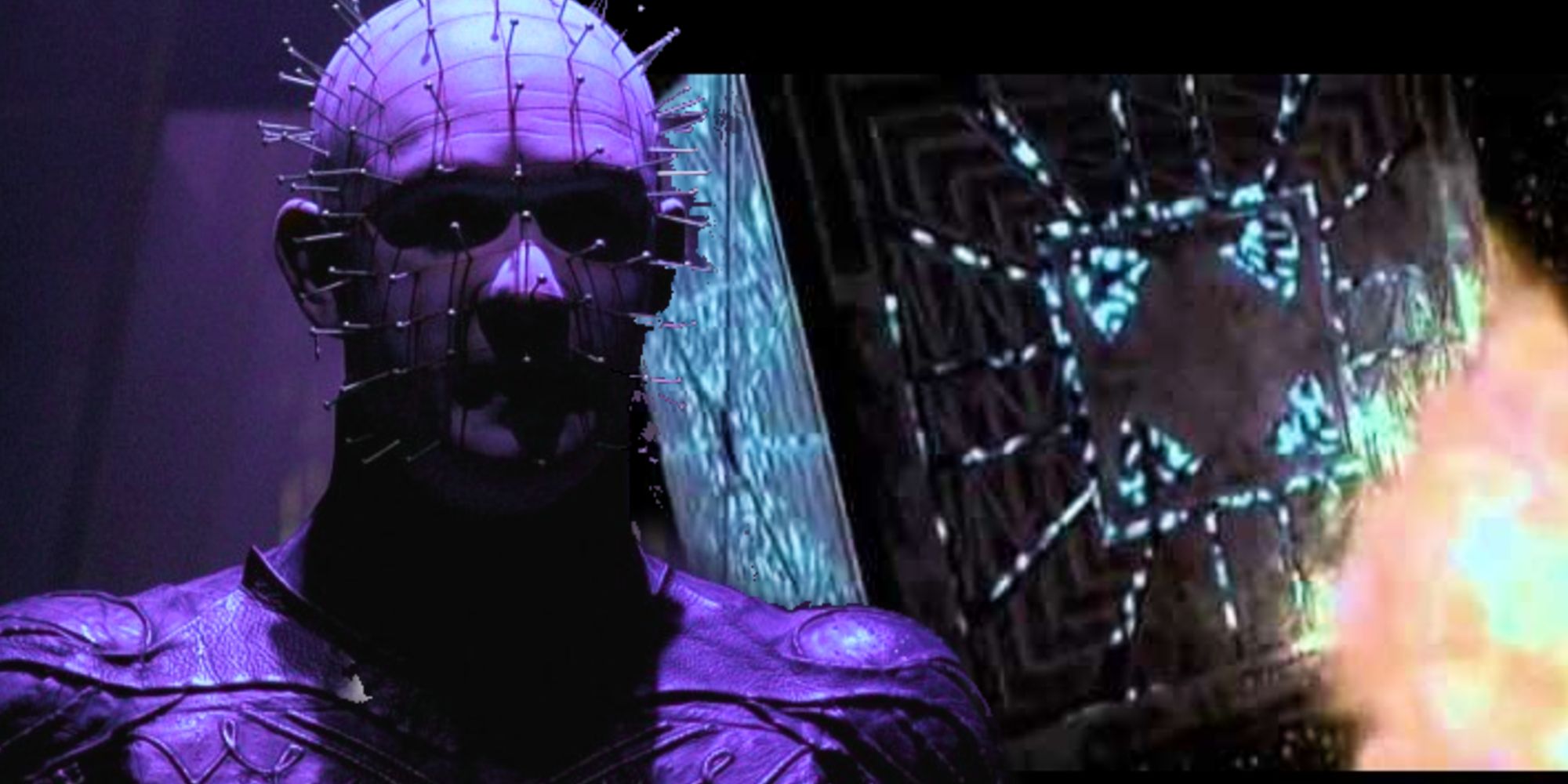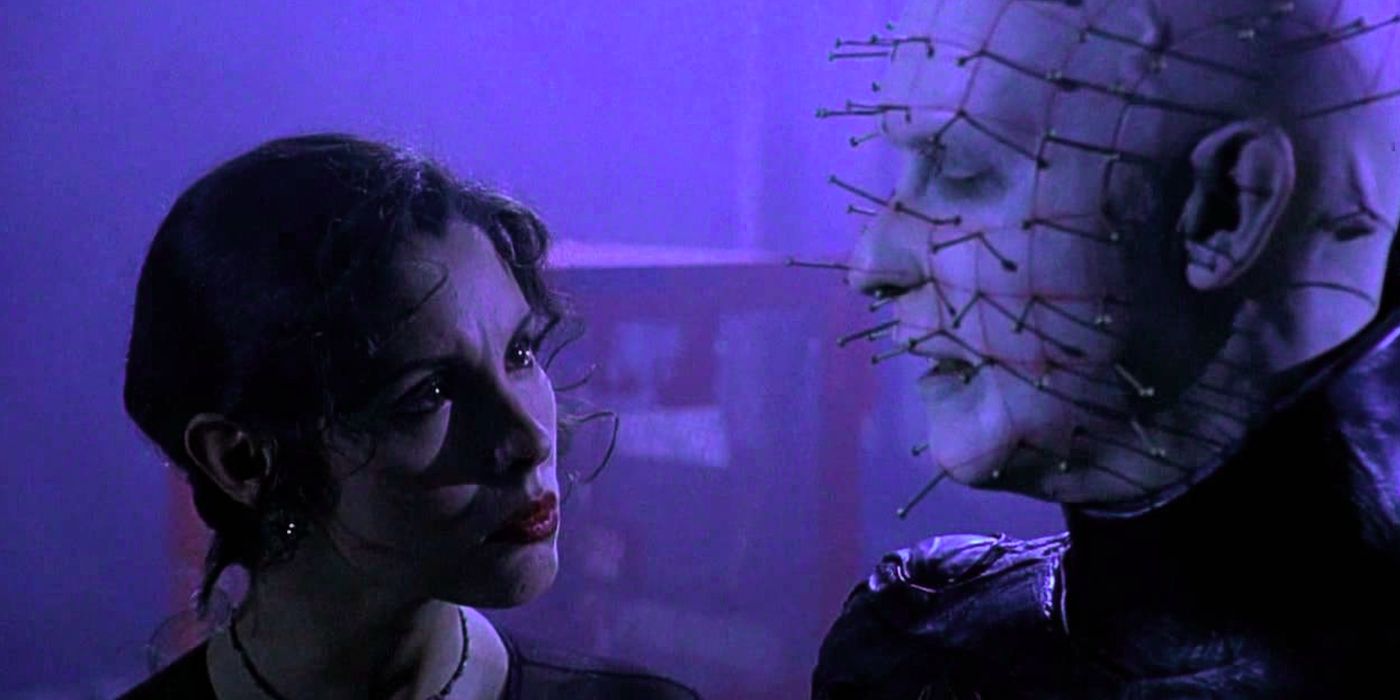Was Pinhead’s death by being destroyed inside the Minos permanent in Hellraiser 4? Also known as The Hell Priest, Pinhead has been a recurring titular figure in the Hellraiser franchise, emerging as an unforgettable pop-culture villain over the years. As Pinhead’s popularity was unprecedented in mainstream media, the Lead Cenobite was first killed in Clive Barker’s 2015 novel, The Scarlet Gospels.
While Pinhead, along with the other Cenobites can be deemed as “demons” from hell, they do not necessarily identify as either angelic or demonic, as that perception is completely dependent on the individual human experience. Cenobites like Pinhead are usually only summoned to Earth through puzzle boxes, such as one called the Lemarchand Configuration (known as the Lament Configuration in the movies). Residing in a maze-like realm named Hell, Pinhead and his Cenobites engage in a never-ending frenzy of pain-induced pleasure, or vice versa, as the two sentiments merge and feed off of the other in the twisted world of Hellraiser.
While Pinhead’s character is treated with some nuance in the first two installments of the franchise, Hellraiser III: Hell on Earth completely alters his core characteristics, painting him as a purely demonic entity of chaos. Having lost a part of himself that he deemed “human”, Pinhead is ever-consumed by a gnawing sense of emptiness, going as far as being a megalomaniac bent on world domination in Hellraiser: Bloodline. When measured against a chronological sequence in terms of the sequels that follow, Pinhead’s death in Hellraiser 4 seems pretty permanent, an end that can be seen as fitting, especially for a being submerged in the hubris of apparent immortality. Interestingly, Hellraiser 4 harkens Pinhead’s return halfway through via the Cenobite Angelique, who summons him by solving the Lament Configuration, whilst acting as a slave to Jacques for more than two hundred years.
However, even Hell harbors immense interpersonal conflict of interests, which becomes imminent in Angelique and Pinhead’s uneasy alliance. While Angelique is not above using seduction to entrap mortals, she is averse to Pinhead’s immensely fanatical obsession with pain and suffering, especially his desire to inflict the same upon Earth. Fast-forward to 2127, aboard the Minos, Pinhead and his followers kill the entire crew save for Dr. Paul Merchant and Rimmer, who manage to escape. However, it is revealed that the spacecraft itself is, in fact, a giant Elysium Configuration, which is essentially an anti-Lament Configuration of sorts, that creates perpetual light and serves to permanently close all gateways to Hell.
Sensing Pinhead’s unbridled immersion in the act of enslaving humans, Merchant uses this opportunity to distract him with his own hologram, whilst enquiring whether Pinhead would feel any pain if he were to die. As the hologram dissipates, Pinhead sees Merchant and Rimmer on an escape pod on the ship’s screen, when the former activates the Elysium Configuration. Anguished beyond belief, Pinhead proclaims, “I cannot die. I am forever!” However, the puzzle box activates a series of interconnected lasers and mirrors, creating a perpetual field of light, transforming the craft into a massive, light-trapped box. Squirming in intense pain, Pinhead dies along with his followers, marking the end of his existence permanently in the Hellraiser franchise.


